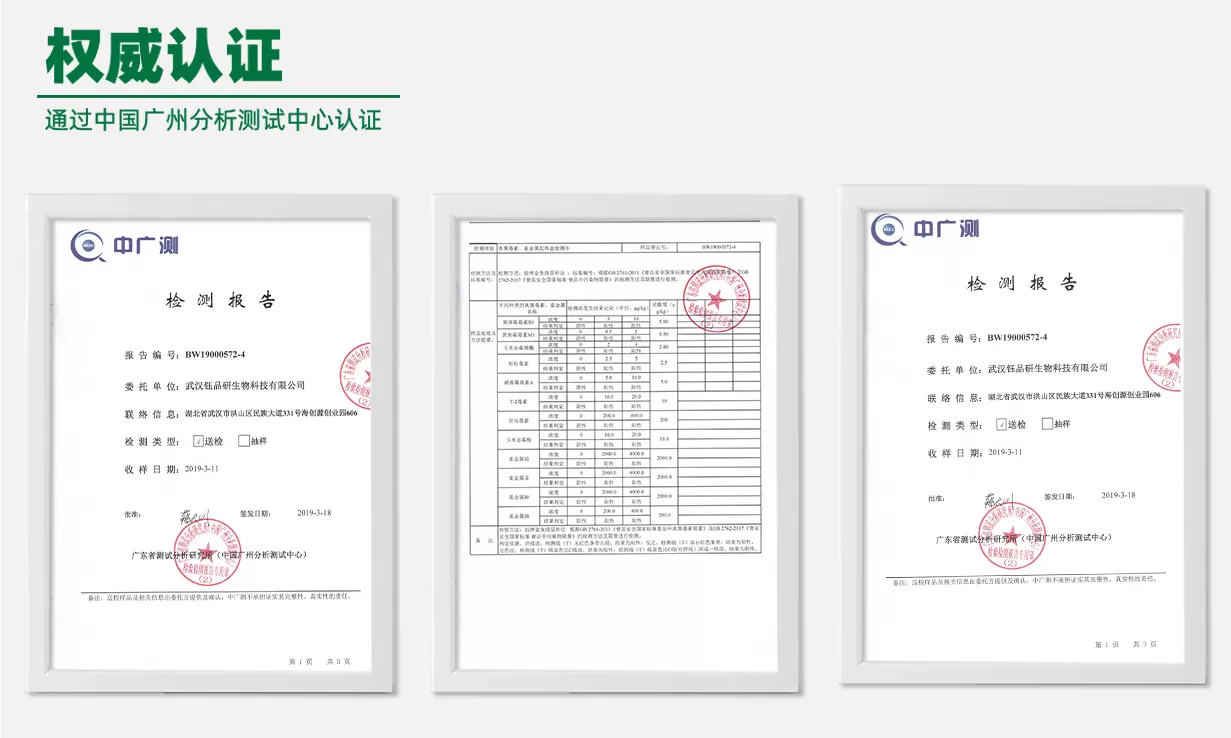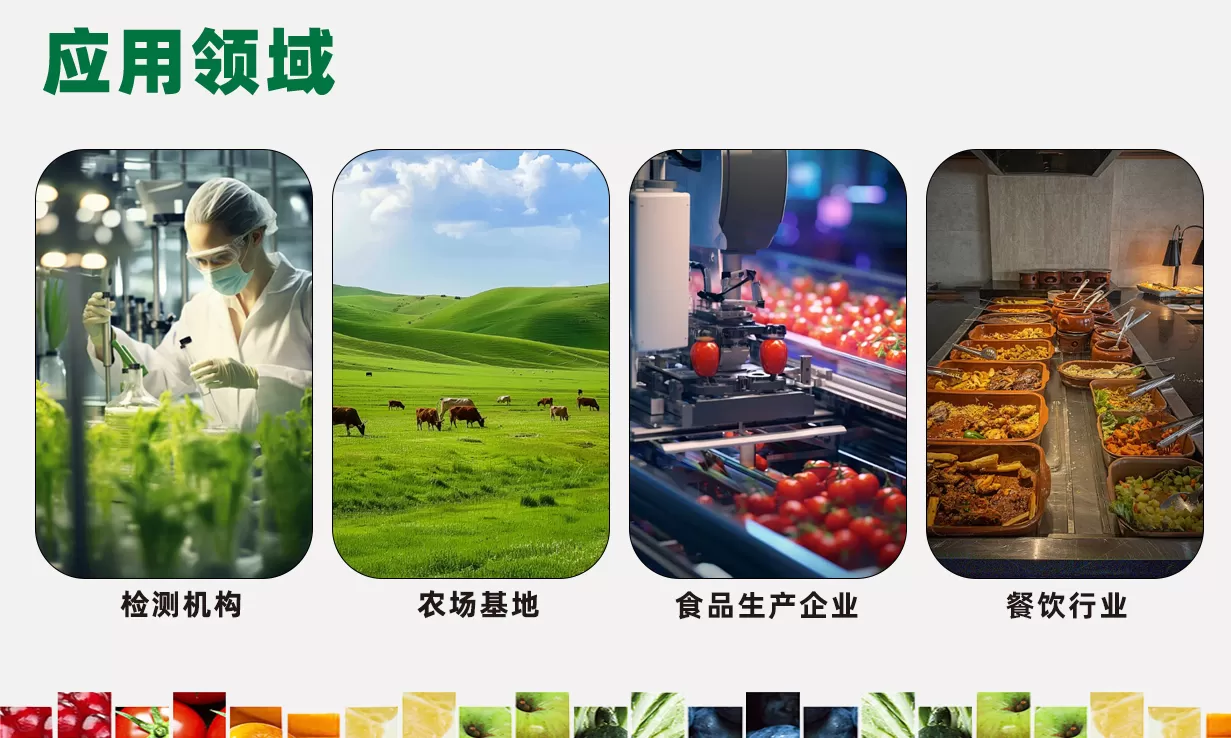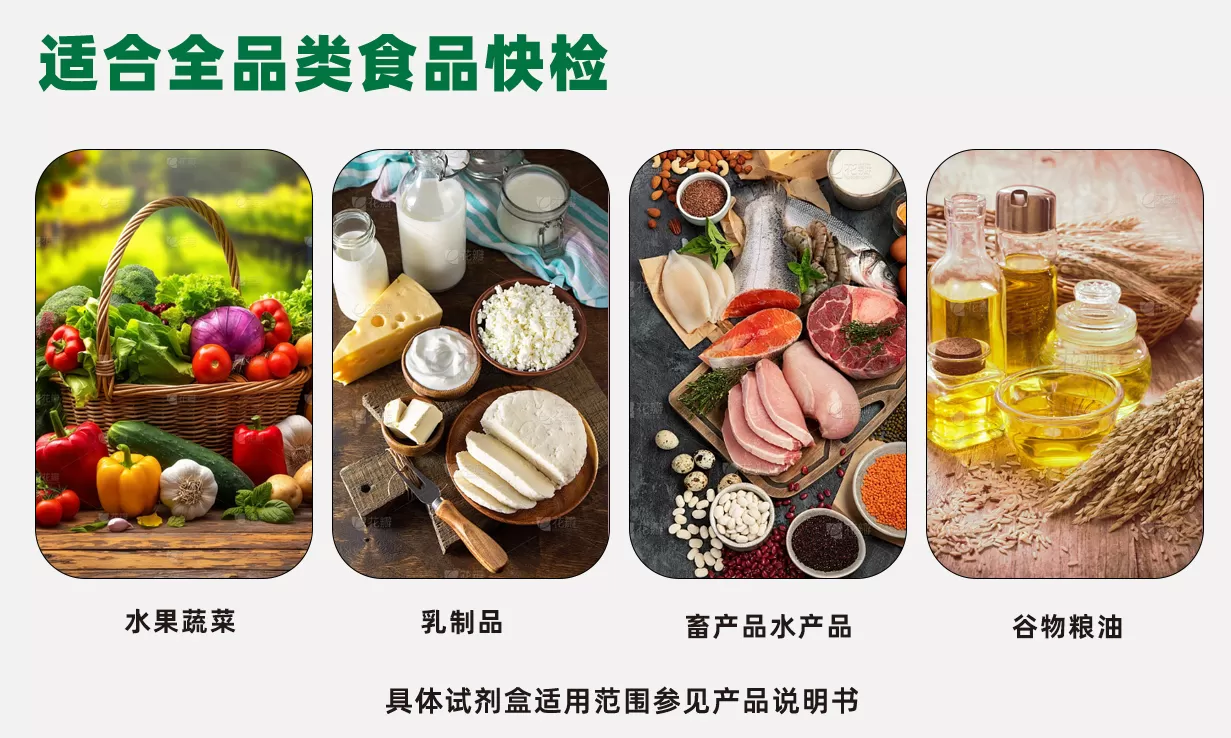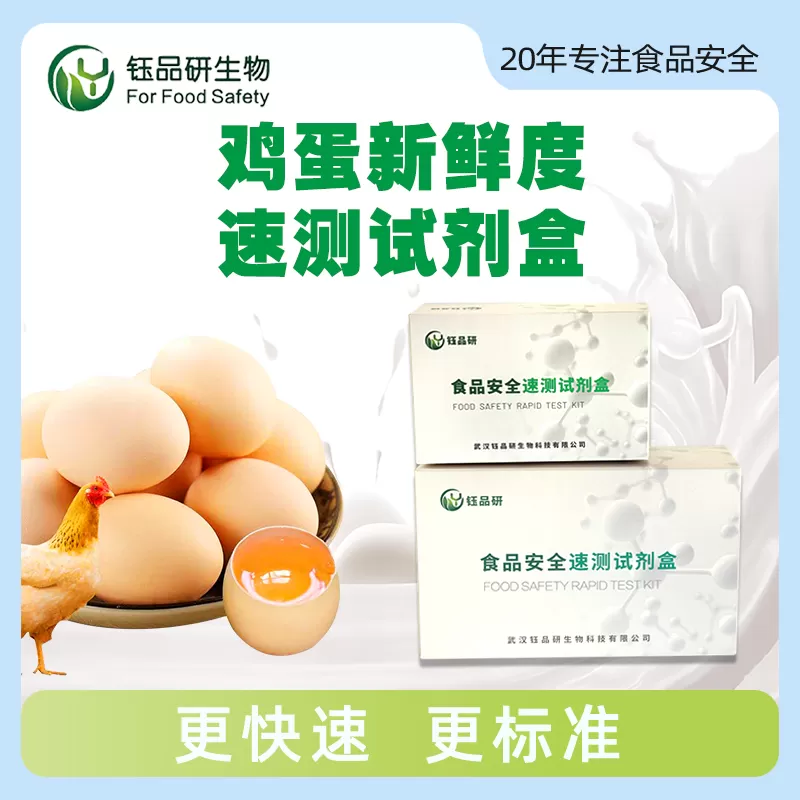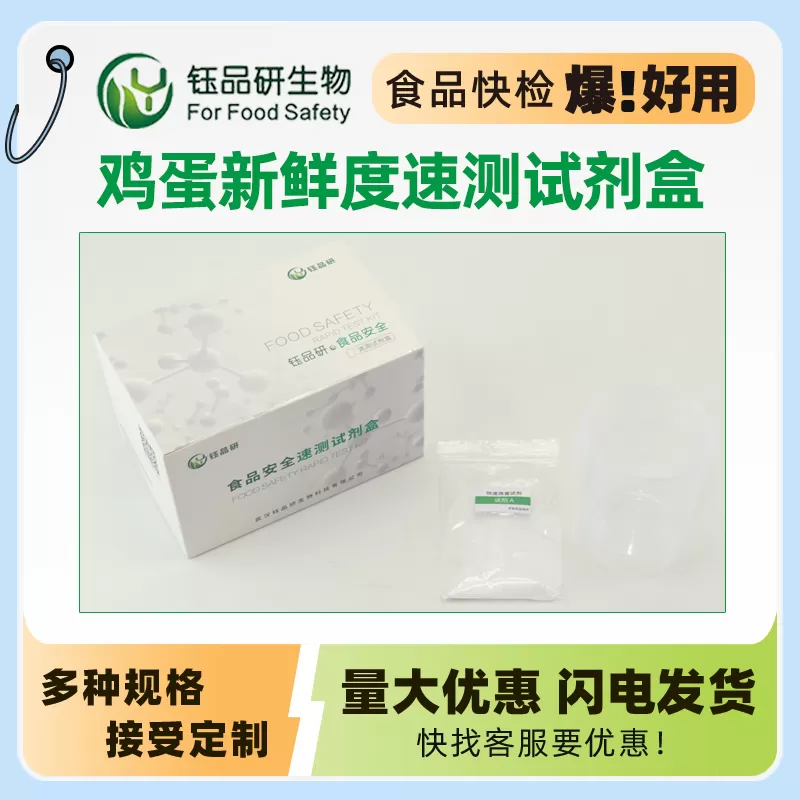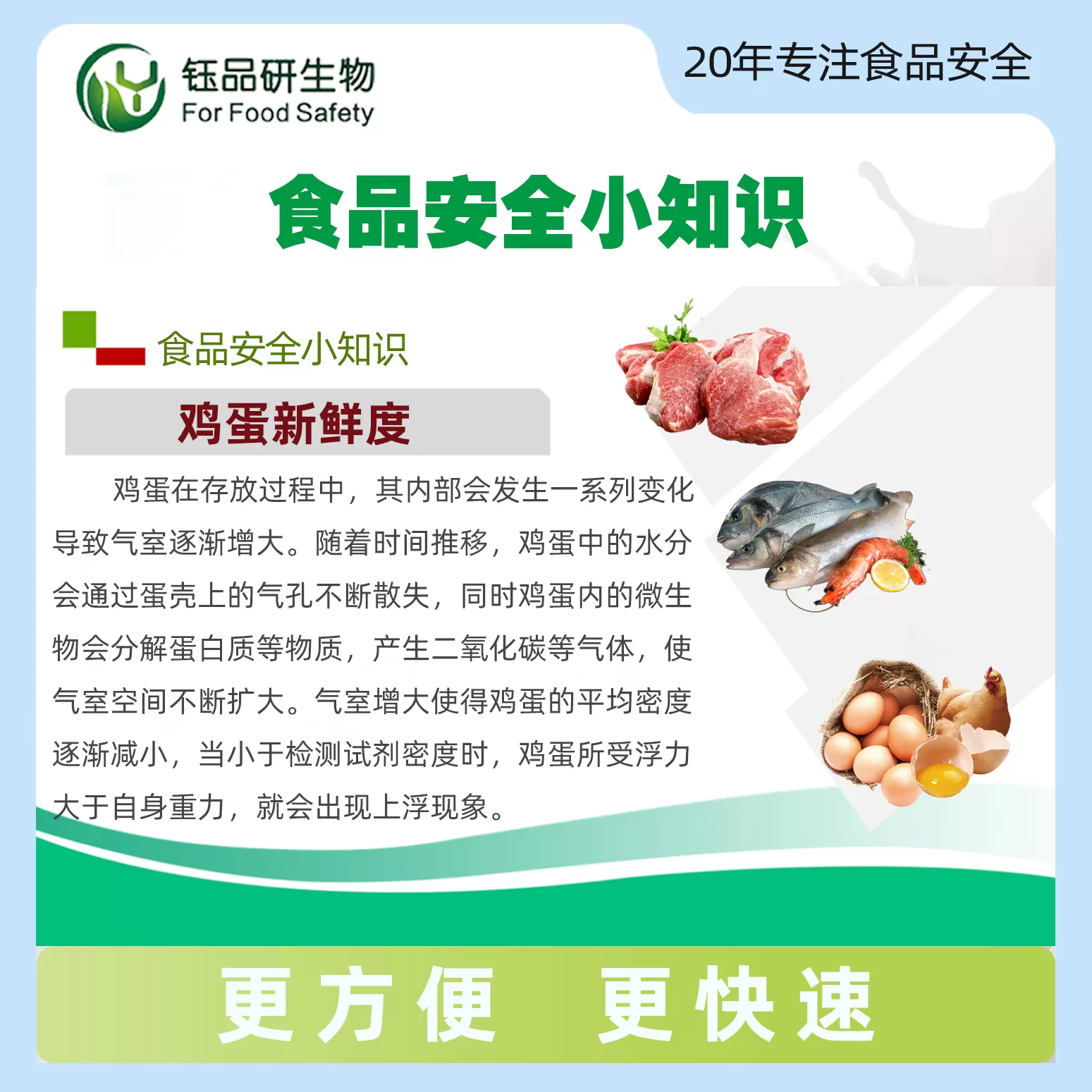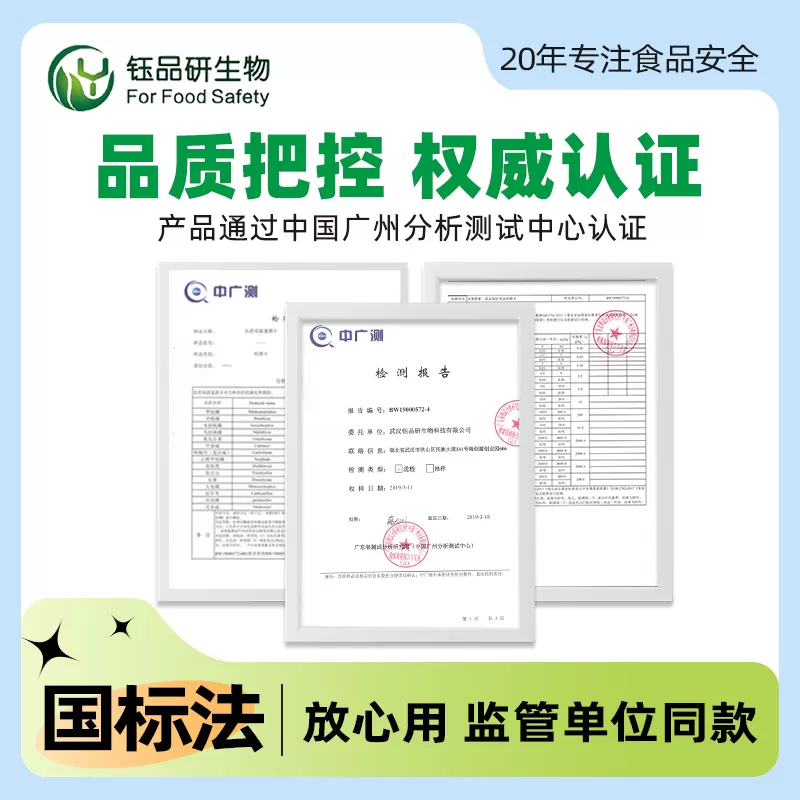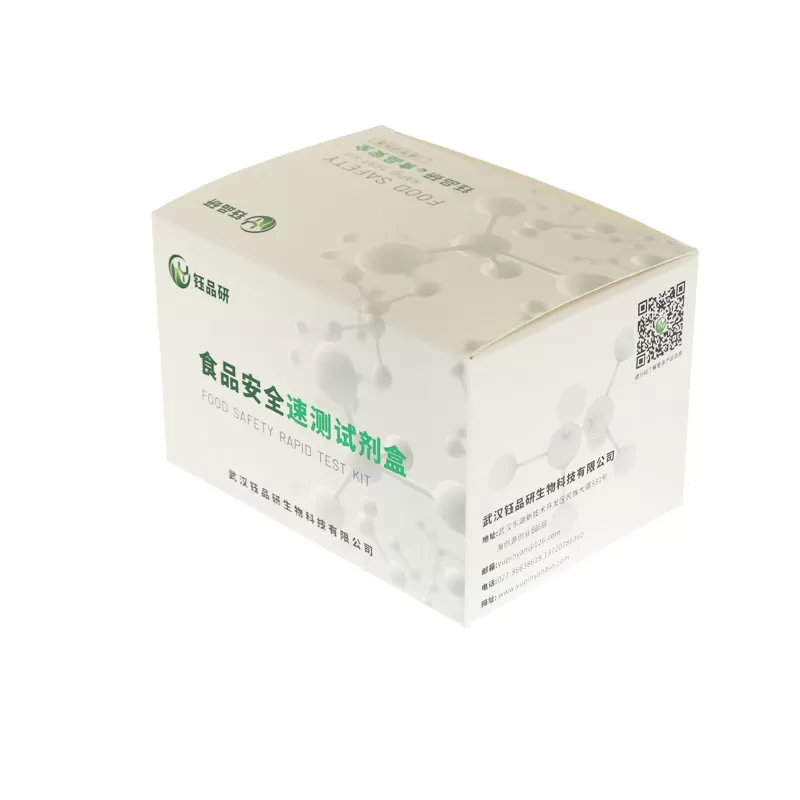Instructions for Use of Egg Freshness Quick Test Kit
Product Number: YP-24
1. Introduction to Detection Methods
The average specific gravity of eggs is about 1.0845. The longer the storage time, the more water evaporates in the egg, resulting in the increase of the inner gas chamber of the egg and the decrease of the specific gravity. It can be suspended in a solution of a certain density without sinking. The longer the egg is stored, the lower the freshness, and the higher the microbial contamination and reproduction rate.
Fresh Egg Appearance: The eggshell is solid and smooth, without damage, without spots, the shell wall is solid, and the pores are not exposed. There is a layer of frost-like powder on the eggshell. Aged Egg Appearance: The surface frost falls off, the skin color is bright or black gray, and the collision sound is hollow.
2. Scope of Application
This kit is suitable for
3. Sample determination
1. Take 1 bag of reagent A and pour it into a 250 mL plastic beaker, add water to a 200 mL scale, and stir with a plastic spoon to completely dissolve the reagent A;
2. Take 1 egg to be tested and put it into the beaker. If the egg sinks to the bottom of the beaker, it means that the egg is a fresh egg. If the egg is suspended or floating in the solution, it means that the egg is a second fresh egg or a spoiled egg.
4. Precautions
1. After a bag of reagent A is dissolved, multiple eggs can be measured at one time;
2, the reagent A powder should be completely dissolved and then placed in the egg for determination.
Five, storage conditions and product valid period
1, storage conditions: room temperature protected from light
2, product valid period: 2 years
Six, kit composition
serial number
specifications
composition
10 times/box
50 times/box
1
reagent A
1 bag
5 bags
2
250 mL plastic beaker
1
1
3
plastic spoon
1
1
4
manual
1
1 copies
